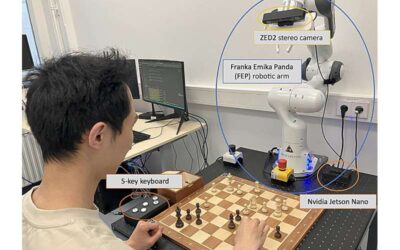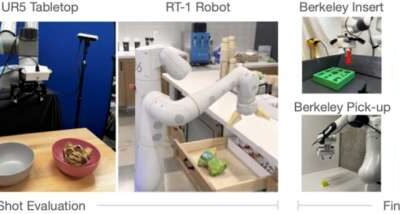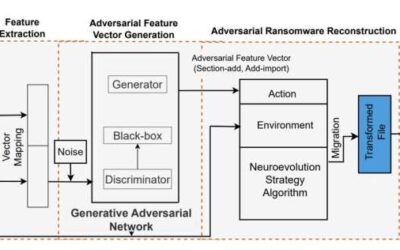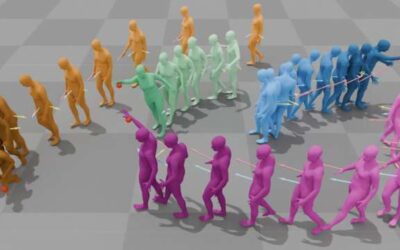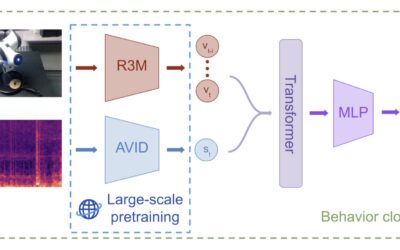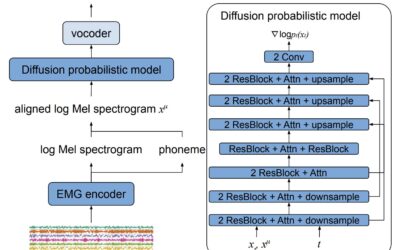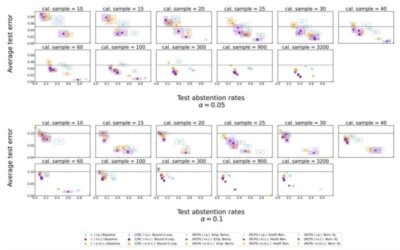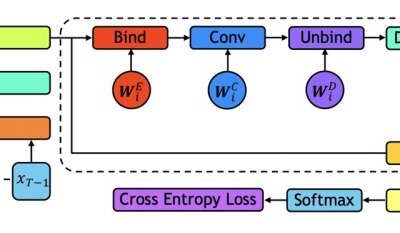While roboticists have introduced increasingly sophisticated systems over the past decades, teaching these systems to successfully and reliably tackle new tasks has often proved challenging. Part of this training entails mapping high-dimensional data, such as images...
Machine learning & AI
An open-source robotic system that can play chess with humans
Artificial intelligence (AI) systems that can play games with humans have become increasingly advanced and have already been deployed by countless videogame developers worldwide. Most of these systems, however, are designed to compete against humans online, on digital...
An open-source generalist model for robot object manipulation
The public release of ChatGPT and other large language models (LLMs) has allowed developers worldwide to start experimenting with these models to enhance the interactive capabilities of their own systems. Similar generalizable models for robotic manipulation, however,...
New ransomware attack based on an evolutional generative adversarial network can evade security measures
In recent years, cyber attackers have become increasingly skilled at circumventing security measures and successfully targeting technology users. Developing effective methods to detect, neutralize or mitigate the impact of these attacks is of utmost importance.
Researchers create an autonomously navigating wheeled-legged robot
Fast-moving autonomous mobile robots could help to deliver goods to various locations, helping to tackle disruptions to product supply chains. Nonetheless, wheeled or legged robots alone might not be sufficient to complete deliveries both efficiently and independently.
Data-driven model generates natural human motions for virtual avatars
Humans can innately perform a wide range of movements, as this allows them to best tackle various tasks in their day-to-day life. Automatically reproducing these motions in virtual avatars and 3D animated human-like characters could be highly advantageous for many...
Using contact microphones as tactile sensors for robot manipulation
To complete real-world tasks in home environments, offices and public spaces, robots should be able to effectively grasp and manipulate a wide range of objects. In recent years, developers have created various machine learning–based models designed to enable skilled...
A new model to produce more natural synthesized speech
Recent technological advances are enabling the development of computational tools that could significantly improve the quality of life of individuals with disabilities or sensory impairments. These include so-called electromyography-to-speech (ETS) conversion models,...
A method to mitigate hallucinations in large language models
Large language models (LLMs), artificial neural networks-based architectures that can process, generate and manipulate texts in various human languages, have recently become increasingly widespread. These models are now being used in a wide range of settings, to...
Tackling long-range malware detection tasks using holographic global convolutional networks
Over the past few decades, cyber-attackers have devised increasingly sophisticated malware that can disrupt the functioning of computer systems or grant them access to sensitive data. The development of techniques that can reliably detect the presence of malware and...


